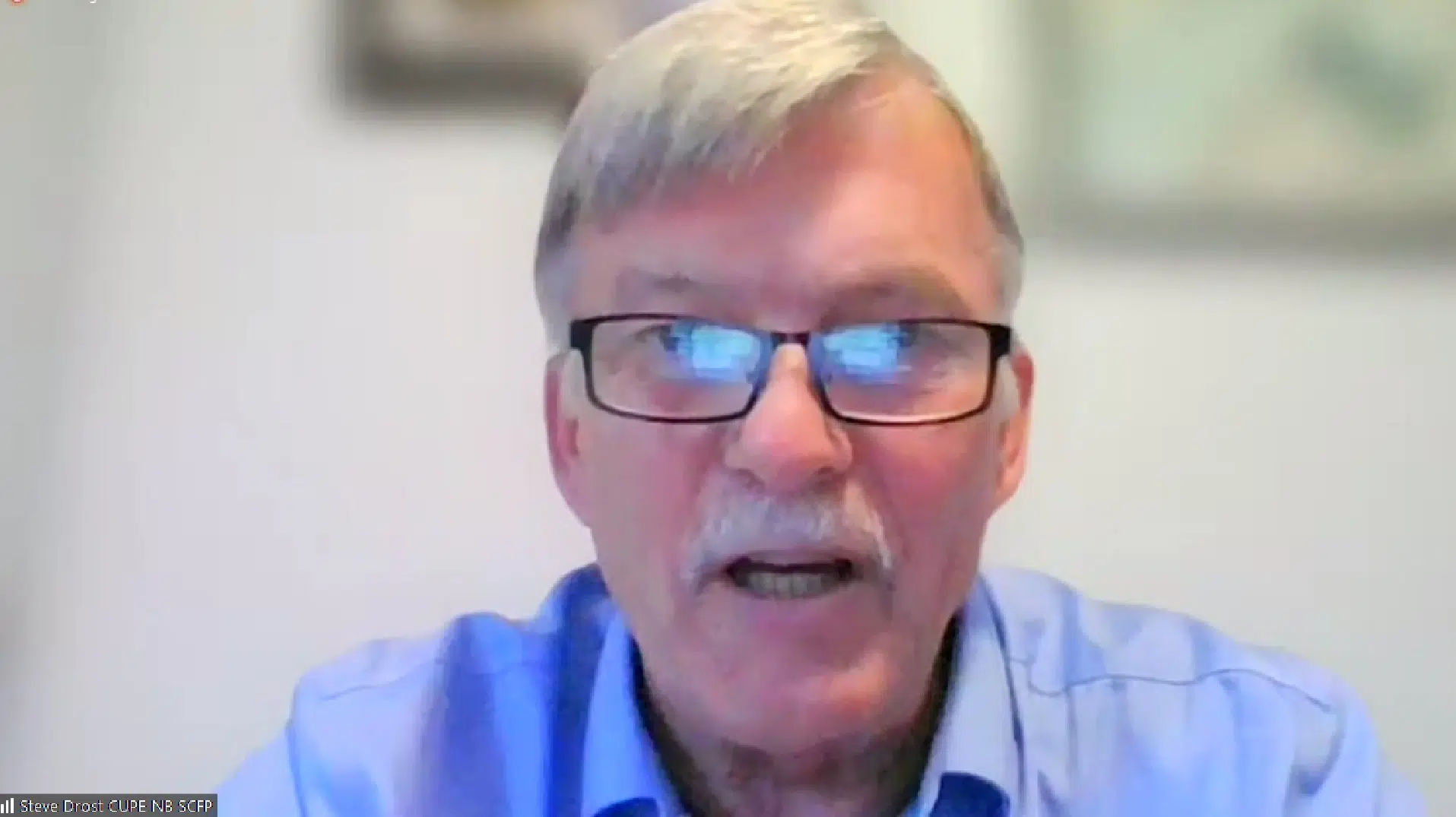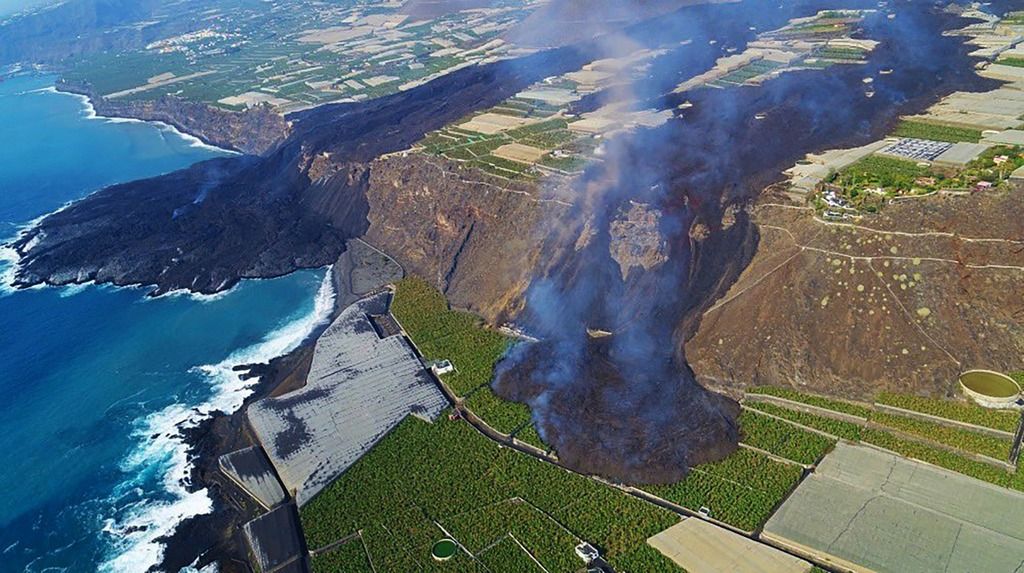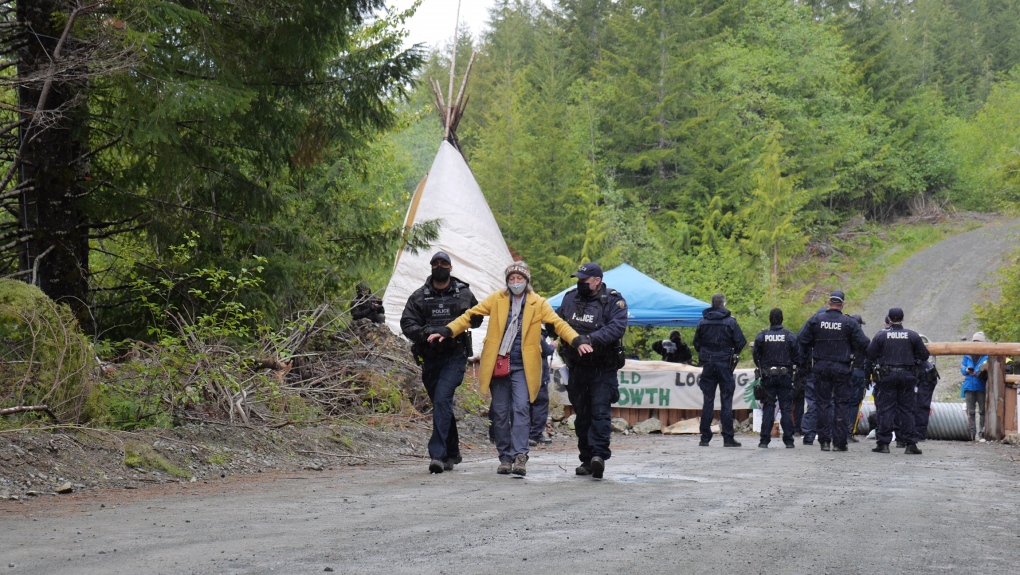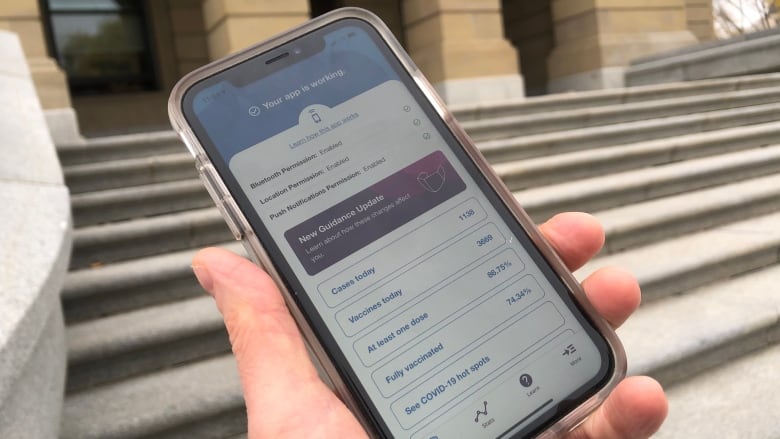The bail hearing was the first time authorities have made a link between Maure and Moleman. Since then, Postmedia has reviewed dozens of posts from a 4chan user of that name, which reveal something of the world of firepower, survivalism and extremist views which attracted the attention of national security investigators
Author of the article: Jonny Wakefield
Publishing date:Oct 07, 2021 •

To the largely anonymous world of 4chan, Moleman was an outlier: an outlandish figure who liked to dig tunnels, shoot guns and thumb his nose at authority.
Unlike other users on the notorious message board site, Moleman made no secret of his real-world location, posting alleged photos of himself and his friends at recognizable locations around Edmonton wearing camouflage and other military gear.
Prosecutors claim Moleman is Kelvin Gregory Maure, the 26-year-old alleged right-wing extremist arrested after police turned up a cache of weapons and explosives at his Parkland County home earlier this year.
Maure is facing 34 charges after an investigation by the RCMP’s Alberta-based Integrated National Security Enforcement Team (INSET). Police say their search turned up seven prohibited weapons including loaded assault-style rifles and materials for making explosives.
Maure has pleaded not guilty. His trial is set for April 2022.
Maure was released on bail in late August over the objections of Crown prosecutors, who allege he displayed a “cavalier” attitude in firing semi-automatic assault rifles and engaging with online neo-Nazi content.
The bail hearing was the first time authorities have made a link between Maure and Moleman. Since then, Postmedia has reviewed dozens of posts from a 4chan user of that name, which reveal something of the world of firepower, survivalism and extremist views which attracted the attention of national security investigators.
‘Fascistic or neo-Nazi predilections’
Maure was allegedly part of an online community that INSET began monitoring in September 2020. The following January, while under surveillance, police say Maure made posts which “displayed escalating behaviour” which led police to deem him a “threat to critical infrastructure, the police and the public.”
Maure was arrested with the help of an RCMP tactical team on Feb. 13, 2021, after an hours-long operation outside the Parkland County home where he lived with a family member. The arrest came one day after Maure allegedly damaged a propane tank and shed at an oil and gas facility near Drayton Valley. Investigators say they recovered “numerous” guns during a search of Maure’s property, including three AK-style rifles, an SKS rifle, a 9 mm pistol and high-capacity magazines — as well as police and military paraphernalia.


Seven of the weapons were deemed prohibited, meaning they are illegal to own in Canada without special exemptions, while three — an AK-47, AK-74 and Baikal Viking 9 mm — were allegedly loaded when Maure was arrested.
Police also seized explosive substances including TATP, a volatile compound used in terrorist attacks including the 2005 London bombings, as well as fuses and percussion caps. TATP can be synthesized from household chemicals including hydrogen peroxide.
Police released news of Maure’s arrest in April. He was granted bail Aug. 31.
During the bail hearing, Crown prosecutor Richard Tchir alleged Maure was part of a group that — as Justice Sterling Sanderman summarized — had “extreme right-wing … fascistic or neo-Nazi predilections.” The Crown argued Maure should stay in jail ahead of trial given his collection of prohibited firearms, his “cavalier” attitude in firing them, and his alleged interest in promoting social unrest.
Tchir also claimed Maure had researched how explosives could be used to “create chaos” in the electrical grid, and how to “remediate” firearms to allow them to fire fully automatic.


Defence lawyer Robert LaValley characterized his client as an “immature, role-playing young man” who failed to understand the seriousness of his actions. He said the Crown had overstated his client’s relationship with the far-right.
Sanderman disagreed with the Crown’s concerns. He likened them to “the over-reaction during the McCarthy era of the early 1950s and to the unjustified fear of communist subversives.” Sanderman said he was shown no “concrete” evidence that tied Maure “inexorably” to any particular ideology or group.
As part of his bail plan, Maure has been ordered to live with his mother in Edmonton, and cannot leave the apartment unless escorted by his mom or the man acting as his surety. Sanderman also prohibited him from possessing any firearms or devices that can access the internet.
‘Moleman’
The Crown alleges Maure used the online alias “Moleman.” Postmedia has found numerous posts from a user of that name on 4chan, an online image board service.
Created in 2003, 4chan is built around anonymity. Unlike many message forums, users do not register a unique username that follows them around the site. Many simply post as “Anonymous,” though some choose a distinctive handle and tripcode, a unique identifier recognizable to others in the community.
Postmedia has reviewed a variety of posts from a 4chan poster named Moleman, dating back to 2016. All use the same tripcode.
Postmedia provided copies of the posts to LaValley, who declined to comment.
Moleman posted frequently on /k/, 4chan’s weapons and gun culture board. /K/ users are known to meet in person, and Moleman and other Alberta posters appear to have done so on several occasions. In June 2016, Moleman identified himself as Canadian on a post about his tunnelling project. One user questioned whether the author of the post was the “real moleman” because he was using an unfamiliar tripcode. To prove his identity, Moleman posted a photo of guns from a “Burta” (Alberta) meet-up as “proof.”

In late 2016, Moleman reached out to others in the Edmonton area for a “group buy” of tracer ammunition. He also posted about a “winter meet,” featuring gunplay and outdoor camping in -30 C weather. In December 2018, Moleman posted a photo of another apparent meet up, featuring eight armed, masked men, and a goat named Doug which Moleman claimed they killed and ate. He posted a photo of the goat’s severed head as proof.
One of the pieces of alleged police paraphernalia seized from Maure is a tan shirt with an RCMP patch on the shoulder. The shirt also includes a patch from a seemingly fictitious military organization called “Task Force 165: Doug’s Darlings,” which features a goat skull insignia.
Moleman also posted several alleged photos of himself at Edmonton landmarks.
Most of the photos stem from an outing around Halloween 2016, which Moleman and two other men spent wearing military-style uniforms around the city. Moleman said he was “ccing” (sometimes used as an acronym for concealed carrying) and “nursing” a hidden bottle of Stolichnaya vodka. Moleman said they told people — including police — that they were “GRU (a Russian military intelligence service) and naval infantry living in Canada.” Moleman said it was the “best moment of my life.”


In one photo of the outing, the three men — two of them with face-covering balaclavas — stand with an Edmonton Police Service officer on Whyte Avenue. Later, they took photos at the Alberta legislature. In one shot, two of the men squat by a peace officer vehicle, one of them with his middle fingers in the air. They also posed on the legislature steps. Moleman wrote: “the legislature is dangerously unprotected and under manned i knocked on the door for a minute trying to annex it and yelled im here to take your country but no one showed up.”
Moleman later posted an apparent photo of himself drinking from a bottle of vodka behind the legislature. In another photo, he stands in the same area with his balaclava on, holding what appears to be a handgun. In all the photos, his uniform has a distinctive green shoulder patch.
Some /k/ users were critical of Moleman’s night out. “Going out with friends in gear for Halloween and interacting with police and other people is cringey and try hard,” one wrote.
Moleman responded with bravado: “I don’t see you walking up to cops from behind while in body armour and a balaclava, with open alcohol on you, just to stop them so you can get pictures or messing around the city center and legislature.” He attacked the author of the post, saying “your crippling social autism prevents you from doing s— like that.”
In response, another user agreed with the criticism. “You still kinda come off as someone trying to prove something to everyone here,” they wrote.
‘Unnaground’
In addition to firearms, Moleman showed a fascination with digging, regularly posting photos of a bunker-like excavation project and talking about life “unnaground.” Tchir, the prosecutor, told court that police found “essentially a bomb making facility” in a dugout in Maure’s yard.
On April 15, 2017, Moleman posted a photo of an underground entrance with a “blast door.” He wrote: “Moleman here with the first ever footage from inside my tunnel project, join me as I dig my grave, post unnaground memes, post your bunkers, etc.” One of his tunnels was 12 feet deep, with room for two people to sit inside.


Absent from the Moleman posts reviewed by Postmedia is any explicit neo-Nazi content, though the user is clearly concerned with race. In one 2017 post Moleman said he was half-French and half-Slavic and thus “not even human let alone white.” He also occasionally used racial slurs to attack other posters.
David Jones, a researcher with the Edmonton-based Organization for the Prevention of Violence, has reviewed the Moleman posts.
He said unlike many in the anonymous world of 4chan, Moleman seemed to seek notoriety. Some believed Moleman was really a police officer.
“He became really well-known as Moleman on the page,” Jones said.
The user also seemed to have few compunctions about posting images of themselves, which some believed foolish.
“Some other users, including ones who seem to be in Alberta, or in Western Canada, were deeply skeptical of him, because he kind of sought to de-anonymize his activity online and associate it to one consistent poster,” said Jones.
News of Maure’s bail was greeted with mixed reaction on 4chan. Several users posted news stories about his release. Some sought to find out who “ratted” on the user, while others blamed Moleman himself for what happened.
One user suggested anyone paying attention to people who post on weapons forums “would quickly become attracted to a young man posting prohibited firearms and concerning messages.”
One user posted simply: “MOLEMAN IS OUT OF JAIL.”
Maure’s trial is scheduled to begin April 4, 2022.

Judge grants bail to Alberta man accused of possessing weapons & explosives, harbouring extremist views

Oil and gas site allegedly damaged by Edmonton-area man charged in extremism investigation

'Threat to critical infrastructure, police and the public': Alberta man arrested in extremism investigation
:focal(609x449:610x450)/https://tf-cmsv2-smithsonianmag-media.s3.amazonaws.com/filer/a8/da/a8daacb7-cf46-4760-9763-fb9626b58743/gettyimages-154708716_web.jpg)
/https://tf-cmsv2-smithsonianmag-media.s3.amazonaws.com/filer/6e/ee/6eeed64e-05a6-4ebc-b3e3-d5789c6c90f0/gettyimages-1129815744_web.jpg)
/https://tf-cmsv2-smithsonianmag-media.s3.amazonaws.com/accounts/headshot/IMG_9991.JPG)








